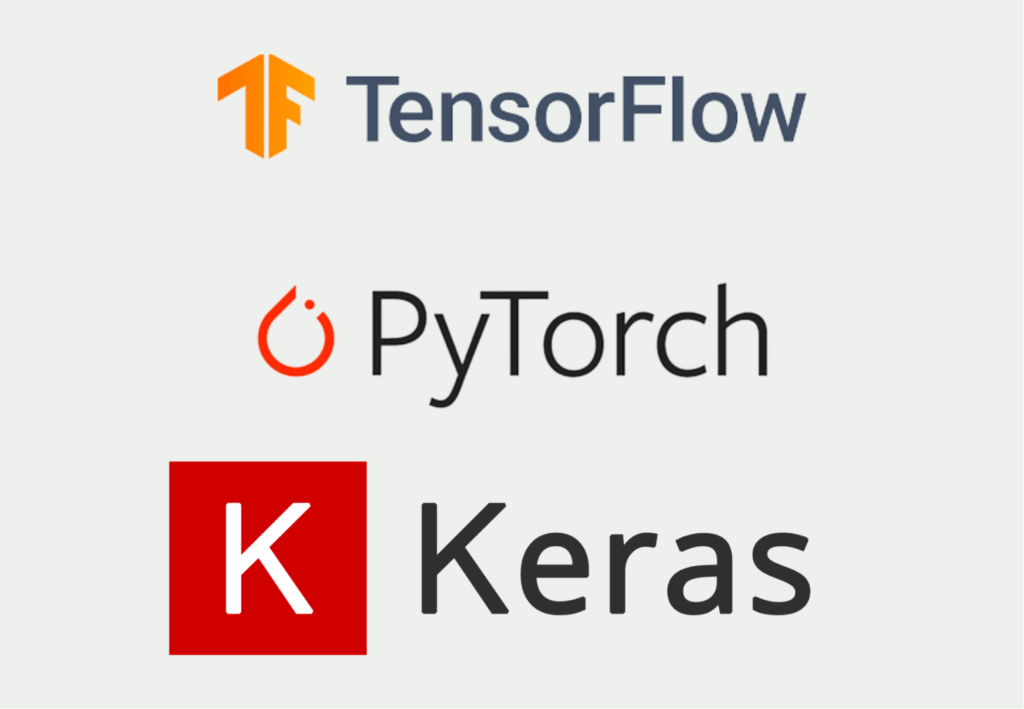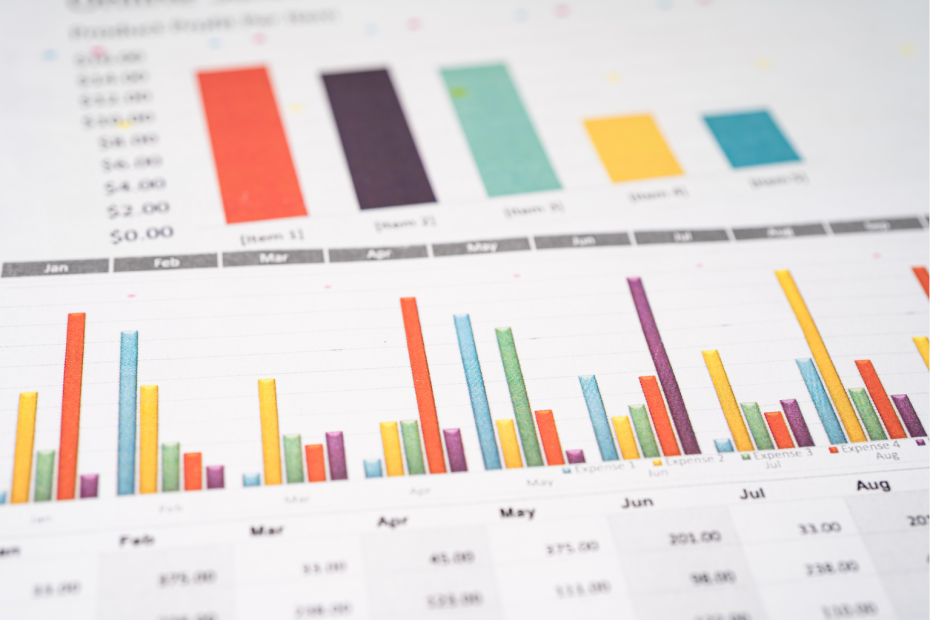Python is considered the standard for many applications in the field of data science and machine learning. In addition to the simple and speaking syntax, Python also contains many tools and libraries that belong to the absolute standard in machine learning and in some cases go far beyond it.
Libraries in Python
Python works mainly with so-called libraries, which are quickly available to any user with a simple installation. These modules are Python code written by other developers that allow users to call more complex functions within a few lines of code.
Some of our Articles in the Field of Python
What are Classes and Objects in Python?
Mastering Python's Object-Oriented Programming: Explore Classes, Objects, and their Interactions in our Informative Article!
What is Threading and Multiprocessing in Python?
Boost your Python performance and efficiency with threading and multiprocessing techniques. Learn how to harness parallel processing power.
What is Anaconda for Python?
Learn the essentials of Anaconda in Python for efficient package management and data science workflows. Boost your productivity today!
What are Regular Expressions?
Unlock powerful text manipulation in Python with regular expressions. Master patterns, syntax, and advanced techniques for data processing.
What is Object-Oriented Programming?
Master Object-Oriented Programming concepts in Python with our beginner's guide. Learn to create reusable code and optimize your coding skills.
What is Plotly?
Learn how to create interactive visualizations and dashboards with Plotly, a Python data visualization library.
With the help of a simple “Import” statement, these libraries can be integrated into your own project and then all the functionalities of the module can be used. For easier later editing, you can then assign abbreviations to the libraries, which you can then use to reference the module.
# Variante 1: Import *module name*
import pandas
import numpy
# Variante 2: Import *module name* as *module abbreviation*
import pandas as pd
import numpy as npImportant Data Science Libraries
A variety of different modules is what makes it easy to do data science work with Python in the first place, allowing you to focus fully on the data set. Some of the most important ones are listed here in overview:
- Pandas offers different data structures and the possibility to extract data from different file formats, such as CSV, in a standardized way.
- Numpy is a powerful tool for almost all mathematical problems including vector calculus and mathematical functions such as the Fourier transformation.
- Matplotlib helps visualize data analysis with static, dynamic and interactive plots.
- Seaborn is based on Matplotlib and rounds out its offerings with various statistical chart types not available in Matplotlib.
- Skicit-Learn offers statistical methods, such as classification or regression, to make data-based predictions.
Popular Machine Learning Libraries
The great advantage of machine learning applications in Python is that large companies such as Google, Meta (Facebook) or Twitter use the libraries themselves and have also developed them. Thus, as a “simple” user, you can use them free of charge. In addition, the companies sometimes also make their own developments freely available there quickly after publication. For example, Google’s very training-intensive T5 model is already available via the Transformers library.
- Tensorflow is probably the best known library for building and training all kinds of machine learning models.
- Pytorch offers similar functionalities as Tensorflow. In many cases, it is a matter of taste whether to use Pytorch or Tensorflow.
- Keras falls under the Tensorflow API, but still continues as a standalone library.

Conclusion
In this chapter we try to explain the mentioned libraries and the most important methods in an understandable way. If you would like to go beyond that or if you are already familiar with Python, you can find detailed application examples in the use cases section.





